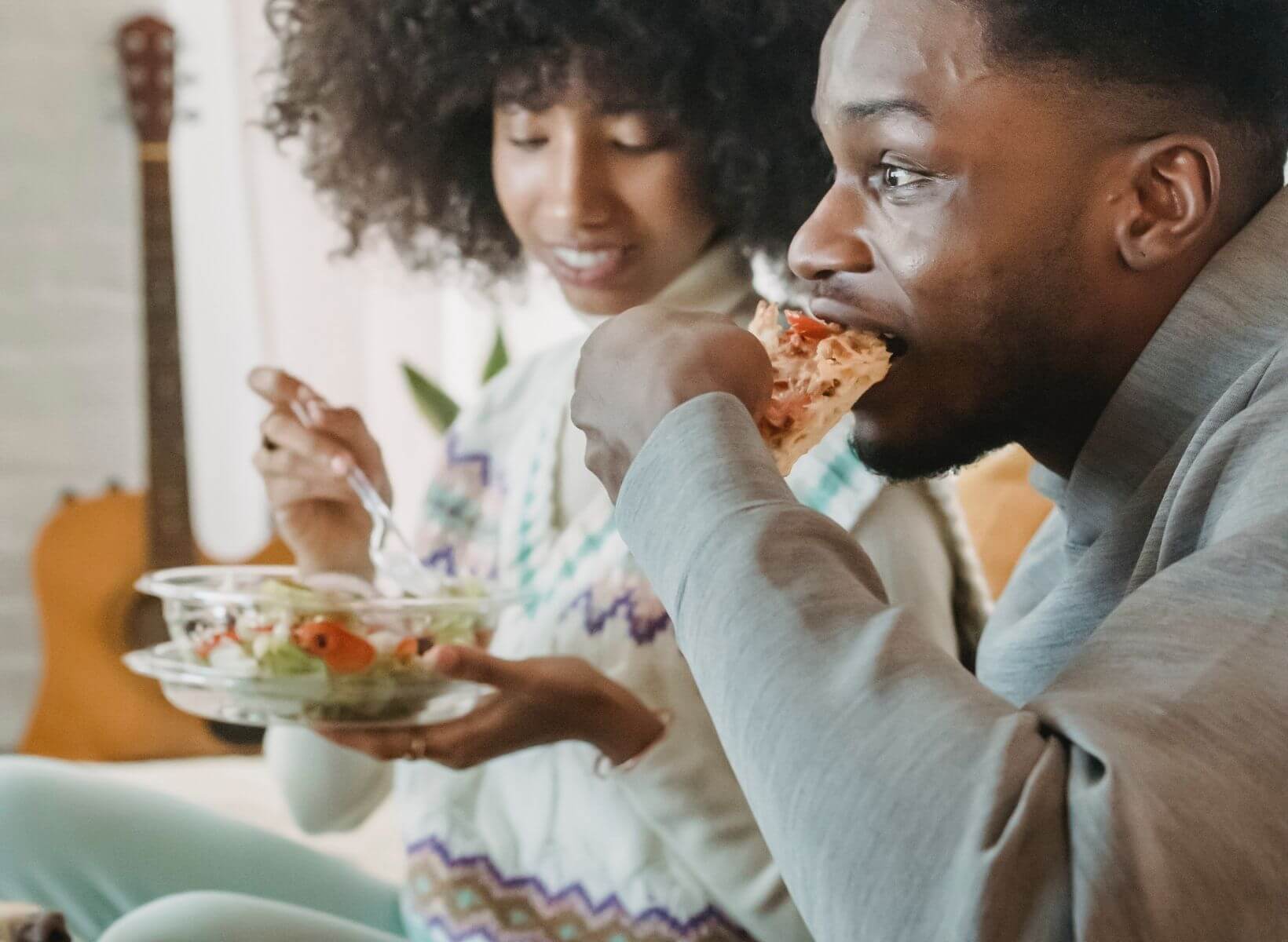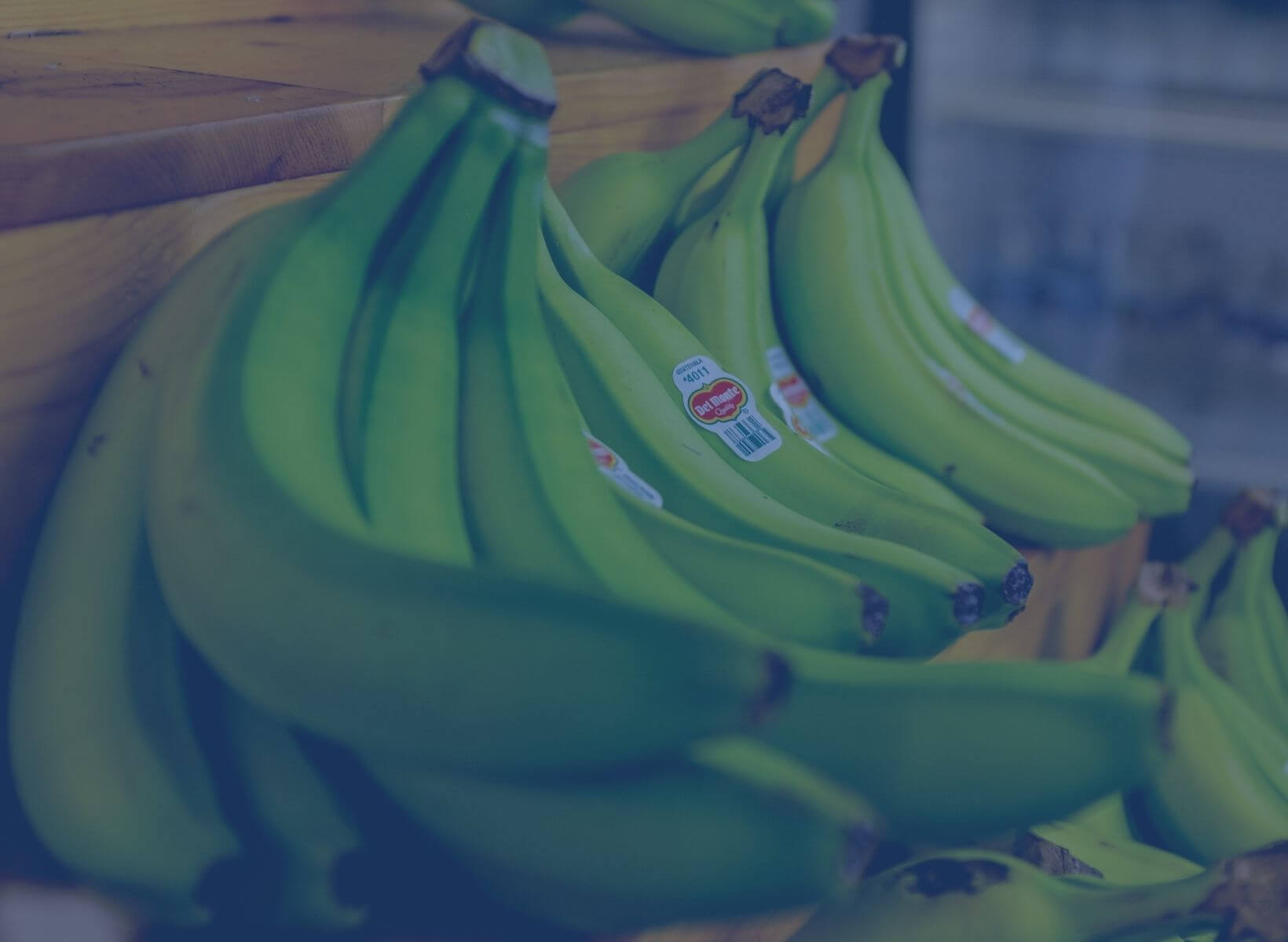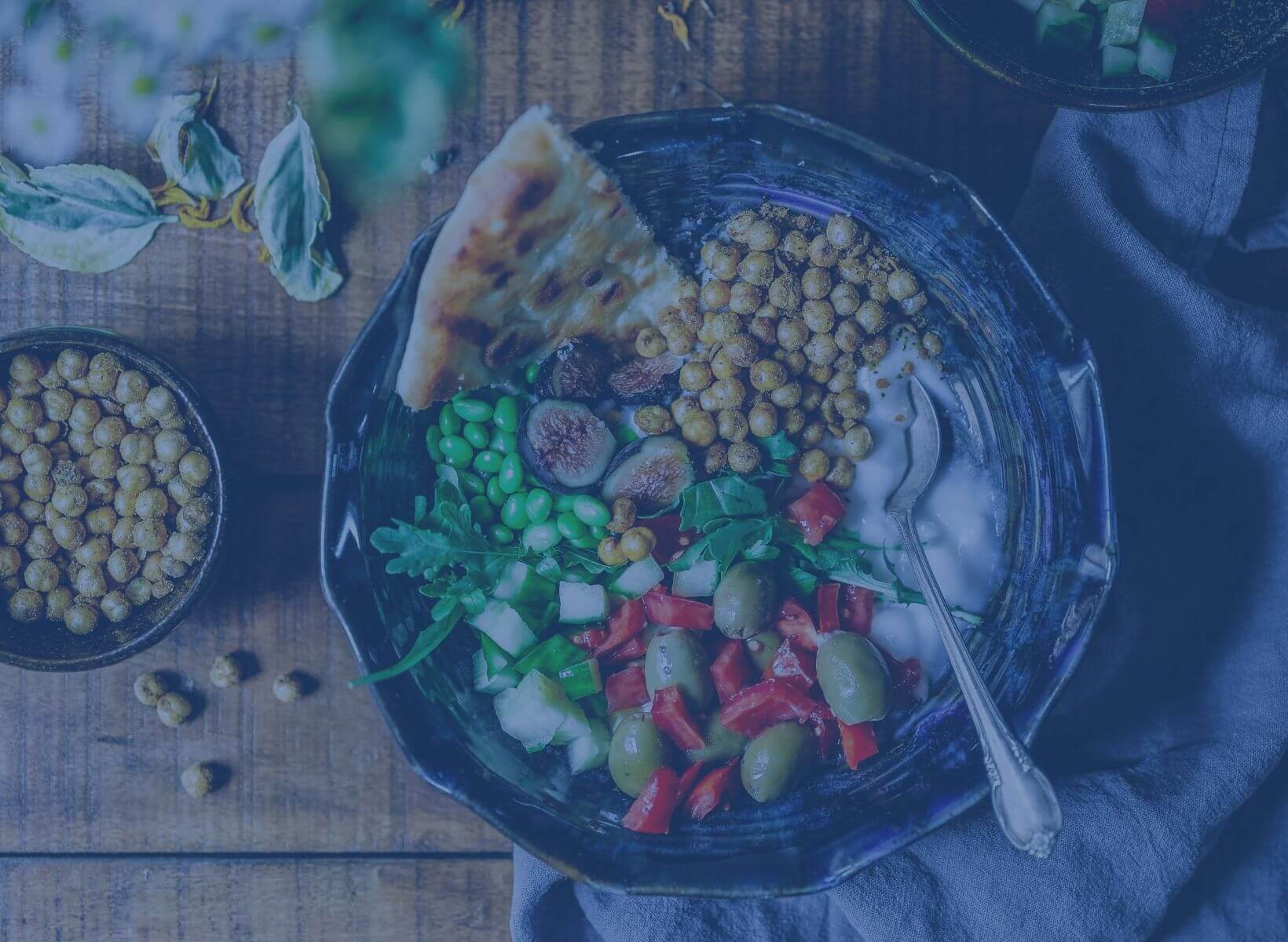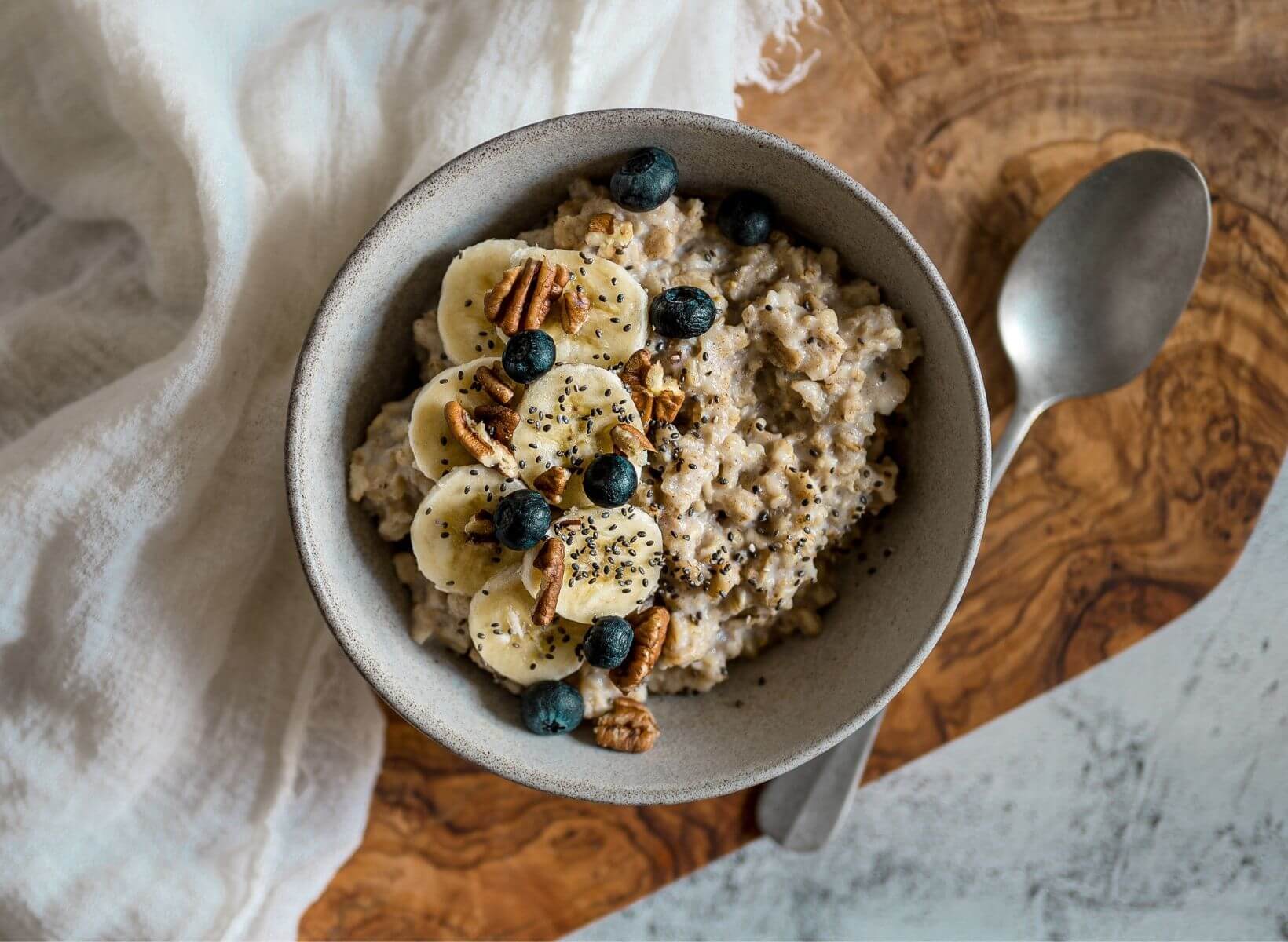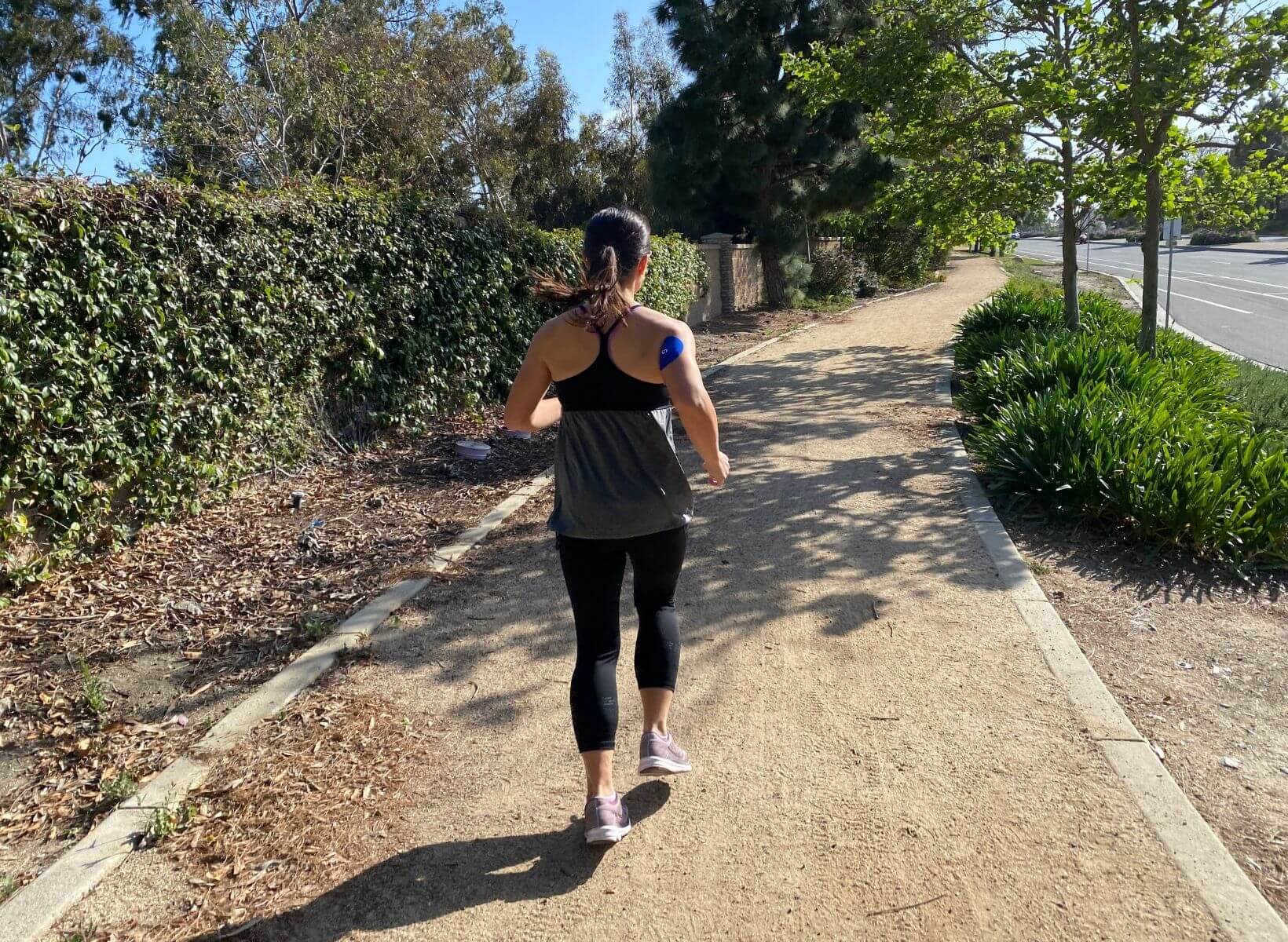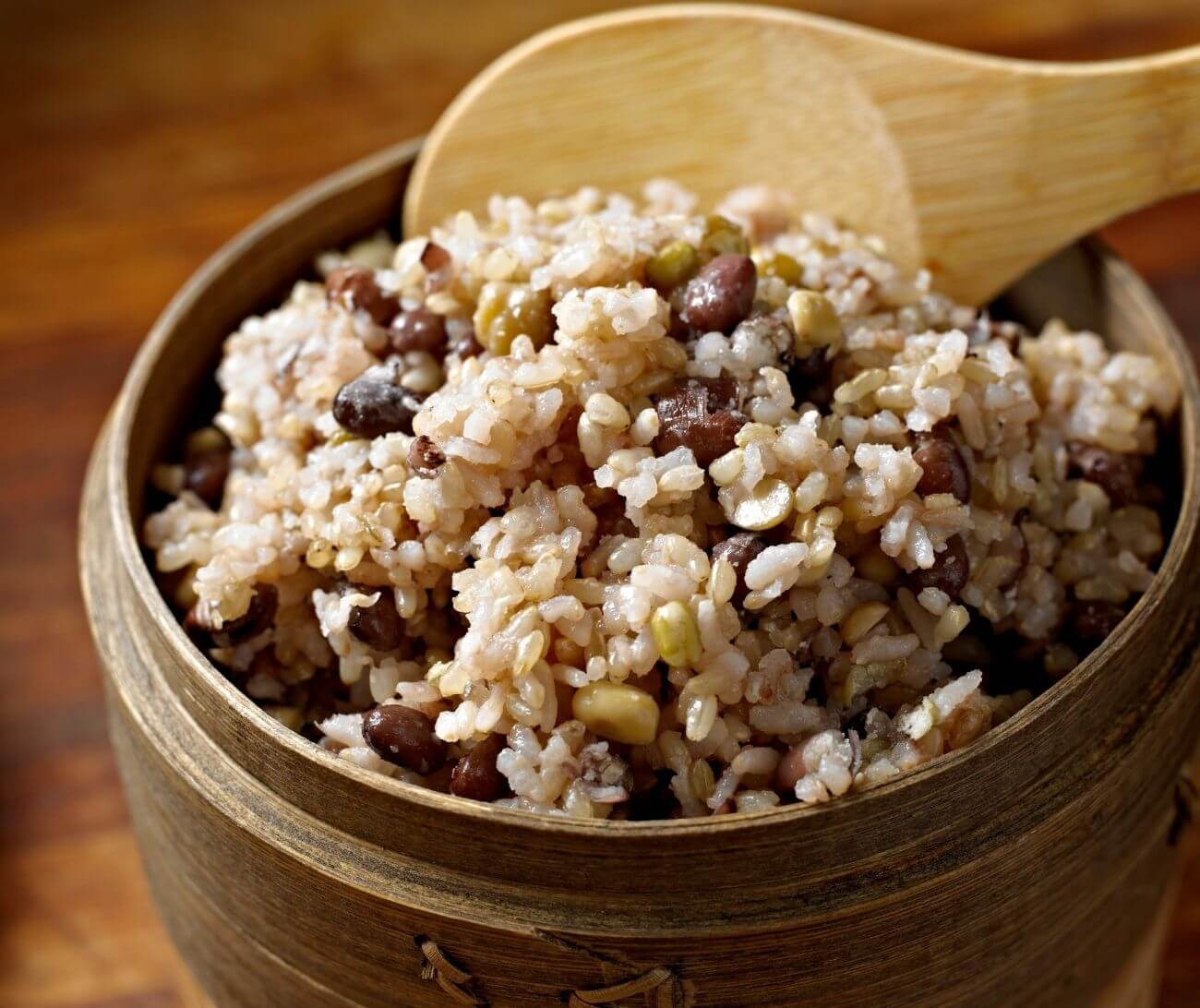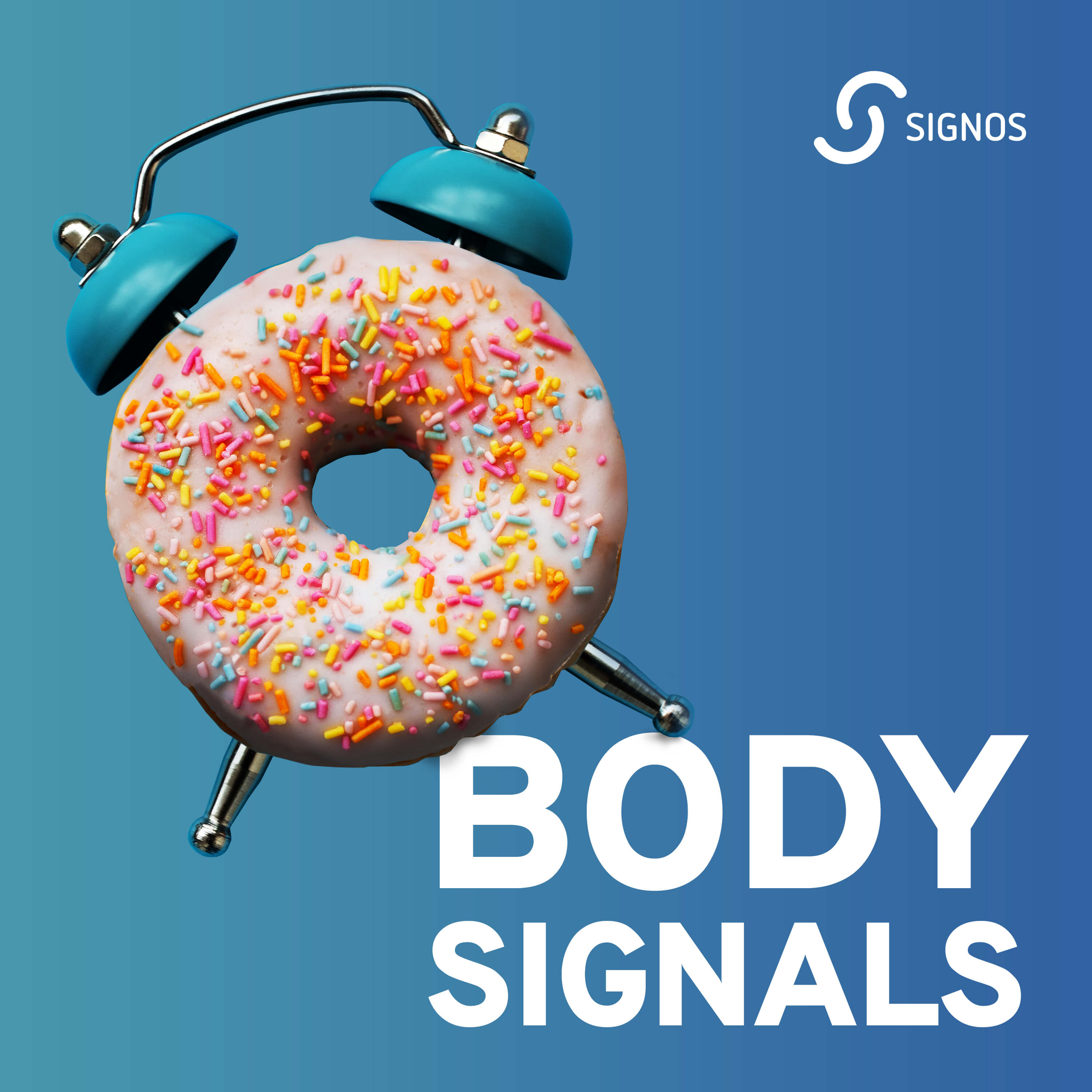A primer on playing with your food, sleep, and exercise
One of the most valuable applications of Signos is seeing how food, hydration, sleep and movement affect your body’s metabolism in real time.
Let’s face it, we’re all different, yet the diet industry has attempted to create one-size-fits-all plans for weight loss.
The reality however, is that we all react to food differently. While anyone can temporarily lose weight on a diet, the future of sustainable, life-long weight loss is in finding foods and lifestyle changes that are specifically tailored for you.
A 2015 study published in Cell tested the glucose response of 800 individuals to over 40,000 different meals. The study found that individuals had varied responses to the same foods<sup>1</sup>.
By using glucose data captured in Signos to discover what works for you and what doesn’t, you’re on the forefront of precision nutrition. Put simply, you can find which specific foods keep your glucose stable and build a tailored nutrition plan from these findings.
Cold Rice and Green Bananas
I was watching a TEDMed video<sup>2</sup> from psychiatrist and mindfulness expert Judson Brewer who posited that one very effective way to break a bad habit is to become curious about that habit.
Why do I always reach for a box of cookies or a piece of chocolate cake? Brewer encourages the audience in his talk to become curious about what happens when you engage in a habit that you’re trying to break.
I know how my body reacts to a piece of chocolate cake; I spike about 60–80 mg/dL from just a moderate slice. Merging the findings of the study on personalized nutrition in Cell with Brewer’s talk, I realized that I should embrace my curiosity and devise ways to test how my body responds to food... and have fun doing it.
I am the Chief Data Scientist at Signos, and a self-professed data geek, so it didn’t take much convincing. All I needed to do was devise some food experiments using Signos as my way of measuring the results.
Early in the morning in August 2020, I devised my first glucose experiments. I had just read an article<sup>3</sup> that cooling white rice for a day in the refrigerator can have a much gentler effect on your glucose levels than that same rice eaten fresh from the pot. The theory was that cooled rice contains more resistant starch than its freshly cooked counterpart. I was skeptical.
Before I started using Signos, I would have probably tried eating cooled rice for a period of time to see if it made any difference in my weight. As a researcher, however, I knew that there were limitations to that approach, namely confounding factors such as what else I ate during the test, how well I slept the night before, and my current stress level, to name just a few.
I pulled out a rice cooker and made two cups of freshly cooked white rice. I consumed one cup of rice for breakfast and placed the other cup in the fridge to cool for the following morning. The glucose spike after eating the freshly cooked rice was 30 points higher than the same rice cooled in the fridge overnight.
I now know that I can cook and cool white rice, a high-glycemic food, and eat it cold the next day and not have it spike my glucose as high as if I had eaten it cooked fresh and not cooled.
Pretty cool, right? If you’re a Signos member and want to learn how to perform your own glucose response experiments, keep reading for my best advice.
{{mid-cta}}
How to Structure a CGM Experiment
Here’s some guidelines for conducting your own research.
- Start with a hypothesis: This can be as simple as a hunch, an article you read on foods that don’t impact your glucose levels, a suggestion we’ve made on our blog or podcast. An example of a hypothesis: Can I diminish a blood sugar spike from a meal that has spiked my glucose in the past if I eat a green salad 10 minutes before that meal? I’ve included some sample hypotheses below to get you started.
- Control as many variables as possible: When you conduct an experiment, you want to have stable glucose levels before you begin. Try out a new food or combination first thing in the morning. I usually conduct experiments in lieu of breakfast. Wait until you’ve recorded your glucose response (1–2 hours after eating) before eating something else and refrain from exercise during the test period. If you have had a bad night's sleep or an unusually heavy or light meal the night before, consider postponing your test.
- Develop your experiment: Continuing the spikey meal experiment from above, let’s say I want to test the effect of a dark green salad eaten 10 minutes before a slice of pizza. On day one of the experiment, I would eat just a slice of pizza and record my results. On the second day, I would eat a dark green salad, wait 10 minutes, then eat the pizza and record my results. I can then compare my results to the day before.
- Test one thing at a time: So you don’t have a confounding variable, make sure to test just one hypothesis at a time. If you have a positive result from testing food order and a new food at the same time, you won’t know if it was the order or the food that affected your glycemic response.
- Repeat and confirm: After you get a positive response, you may want to repeat your experiment at least once to confirm that you get the same results.
Examples of Experiments You Can Try
- Finding glucose-friendly fruits: If you have a sweet tooth and you're looking for a healthy snack or after-meal treat, try testing out different fruits first thing in the morning. Raspberries have the reputation of being a low- or no-spike fruit—do they work for you? Other fruits to try: apples, pears, citrus fruits (oranges, grapefruits), stone fruits (peaches, nectarines), berries (blueberries, strawberries, blackberries).
- Adding fat, fiber, or protein: Perhaps from the above experiments you determined that apples spike your blood sugar, but you love apples. Try dipping your apples in almond butter and record your glucose response compared with apples alone.
- Exercise and post-meal glucose: This is a Signos staff favorite. See how much control you can have over your glucose after a meal by experimenting with a spikey meal or beverage. We tested orange juice by itself, followed by a test the next day with the same amount of orange juice and a walk, jog, or run. Were you able to blunt your spike through movement?
- Food substitution: When I first started conducting experiments, I found that my multi-ingredient steel-cut oatmeal was causing glucose spikes north of 180 mg/dL, but was it the oatmeal, the blueberries, or the bananas? By systematically eliminating ingredients one by one, and monitoring my post-oatmeal glucose, I discovered bananas were the culprit. Based on another experiment, I substituted green bananas for the ripe bananas (cooked with the oatmeal to reduce the “green” taste). Problem solved!
I’ve conducted, on average, several experiments per month on Signos for several reasons. There are so many questions I have about what carbohydrates I can enjoy without seeing my glucose rise in the Signos app.
Keep in mind that things change as you start building healthier eating habits. It's likely that your microbiome will change, which may change your body’s response to specific foods.
As you continue to test your own food hypotheses, regardless of the experiment's outcome, you’re building your own mindful approach to nutrition, health, and fitness.
References
- Item 1
- Item 2
- item 3

